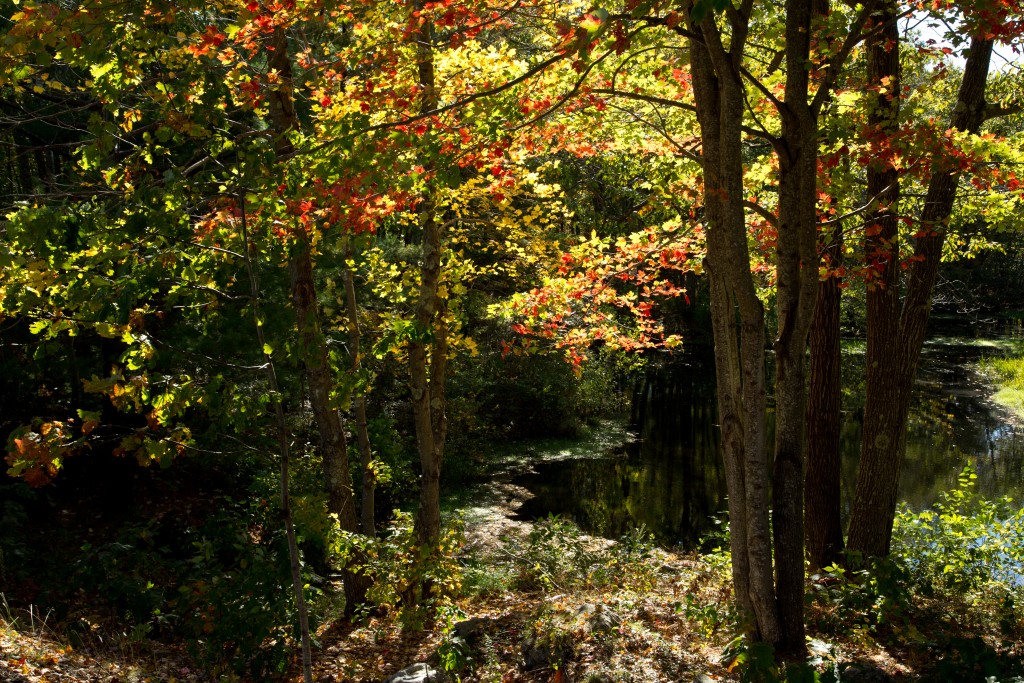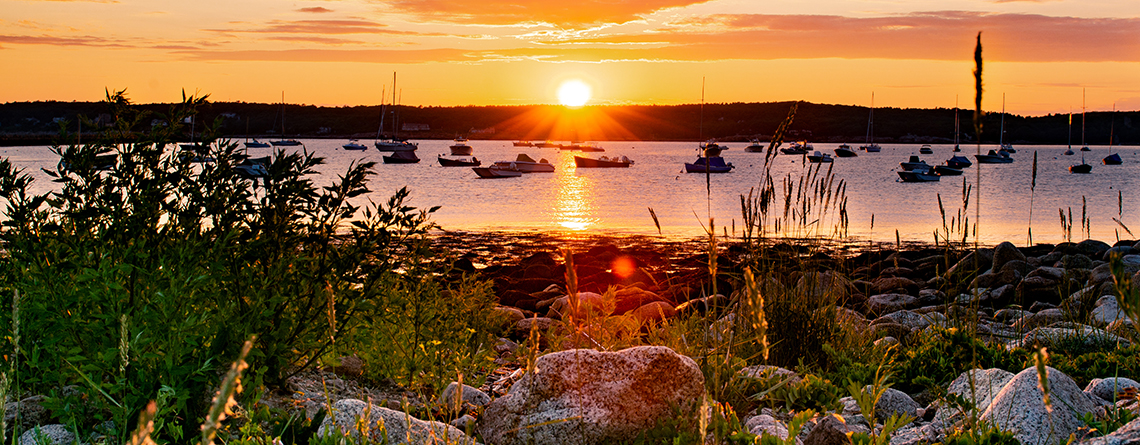
Looking for a Nice Place to Spend Next Week’s Warm-ish Weather?
Although New England is very well-known for its cold, brisk weather, next week is about to introduce the Spring wake-up call we have all been waiting for with temperatures in the mid-50s to low-60s starting next week. If you can’t find somewhere to spend outdoors on these days ahead, let me help narrow down some options for you.
UNE Habitats
If you were unaware, the University of New England has about 190 acres of preserved University land, including seasonal pools of water that house a diversity of wildlife.
Here are just a couple of the outdoor places UNE has to offer right here on campus:
- UNE Nature Trail – campus trail system that runs along the Saco River.
- UNE’s 363-acre forest – explored in many classes – is also great for mountain biking and hiking!
Local Habitats
Looking to get further away from campus for a well-deserved break? Say less.
- Basket and Stage Islands – accessible at low tide over the sand flats.
- East Point Bird Sanctuary – owned by the Audubon Society – with views of Wood Island lighthouse.
- Biddeford Pool – the largest tidal pool in Maine – great for observing coastal wildlife.
- The Saco Heath – a raised peatland (bog), home to the carnivorous pitcher plants (protected by the Maine Chapter of the Nature Conservancy).
- Clifford Park – a 52-acre woodland preserve owned by the city of Biddeford – great for mountain biking and cross country skiing (in Maine’s colder temperatures).
Regional Habitats
- Mount Agamenticus Conservation Region – 10,000 acres of bio-diverse undeveloped forest.
- Rachel Carson National Wildlife Refuge – a national wildlife refuge that spans 50 miles of coastline between York and Cumberland counties.
- The Wells National Estuarine Research Reserve expands our knowledge about coasts and estuaries with an emphasis on ensuring healthy salt marsh ecosystems.
- White Mountain National Forest – 800,000 acres of federally managed forest and mountains in western Maine and New Hampshire. A 75-minute drive from campus.
- Acadia National Park – Comprised of a cluster of islands on the Maine coast, Acadia is positioned within the broad transition zone between eastern deciduous and northern coniferous forests, and hosts several species and plant communities at the edge of their geographic range. A 3.5 hour drive from campus.
Reminders!
If you do take the chance on these lovely locations, please keep in mind that they are all protected environments and you must be respectful of your surroundings at all times.
Make sure you wipe off your shoes before and after starting on a new trail (to prevent the introduction of invasive plant species), do not leave anything behind (especially any trash!), do not start your own trails, but rather follow the already designated paths, do not interact with wildlife in harmful ways (refrain from touching and/or feeding wildlife), and most importantly, HAVE FUN!!! 🙂



